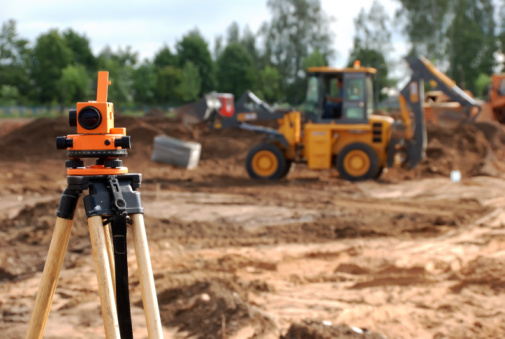Knowing what’s going on underground before you dig is invaluable. The potential dangers and expenses in accidentally damaging a utility line are something everyone wants to avoid. There are plenty of methods to go about finding the pipes and lines under your worksite. There are maps, ground penetrating radar, electromagnetic conductivity, and frequency locators. This week we are going to look specifically at how frequency locators work and what they are best suited for on the job site.
The Basics
Frequency locators are tools that perceive the energy that is emitted by buried electrical, phone, and fiber optics lines. Utility lines transmit a signal or give off a charge, but each one is different. This allows frequency locators to find the exact location of an underground utility. Some utilities do not give off a signal or a charge though, so frequency locators are regularly used in addition to other methods of utility locating.
What is Frequency?
Frequency is a measurement expressed in units of hertz. Hertz represents the number of times a magnetic field builds and collapses around a conductor in a second. A magnetic field occurs when alternating current passes through a metallic conductor. A frequency locator is able to detect the building and collapsing of a magnetic field and locate it. Just like you need to tune a radio to pick up your favorite station, a frequency locator needs to be tuned to find the frequency that gives the locator the best signal.
Choose Concrete Visions for All Your GPR and Concrete Scanning Needs!
With over 12 years of experience in concrete scanning, Concrete Visions knows how to best serve its client. We are well versed in ground penetrating radar, and understand that in some cases other methods need to be dispatched. Whether it’s the use of concrete x-ray or electromagnetic conductivity, we have the knowledge, skill, and tools to complete the job. If you would like to learn more about who we are and what we do, or would like to request a quote, please contact us.

